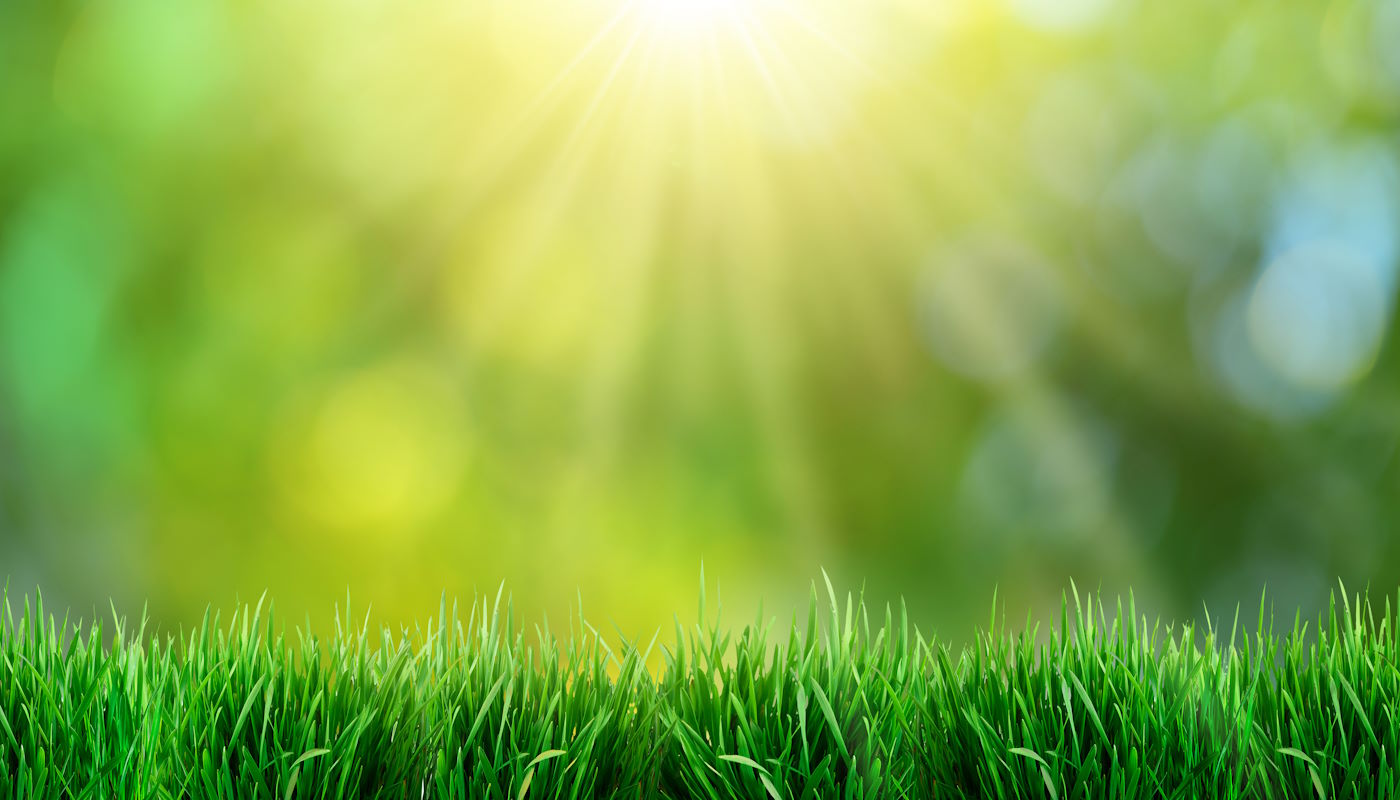Care, patience and a little bit of knowledge can make the difference between a lush healthy lawn and an arid brown eyesore. But proper lawn care is more complicated than setting out a sprinkler every once in a while. You can water or fertilize a lawn too little or too much, and even the time of day matters.
Overwatering is the most common lawn care mistake home owners make, according to the University of Florida’s Institute of Food and Agricultural Sciences. It can damage or even kill a lawn. Too much water leads to a shallow root system; it makes a lawn more vulnerable to weeds, insects, and diseases; and it reduces tolerance to drought and other environmental stresses.
Before you pull out the hose, though, you need to find out how much water your lawn is getting by measuring the irrigation and precipitation rates. You don’t need sophisticated tools to figure this out; all you need is a coffee can.
Here are some tips from The Cornell Cooperative Extension Service:
- Determine the irrigation rate by placing a can on an area that is being watered and taking note of how much water is in the can after 15 minutes.
- Calculate precipitation amount by leaving a can in the yard for a week and seeing how much rainwater collects in it.
- Actively growing turfgrass requires about one inch of water a week; water your lawn for as many minutes a week that are needed so that precipitation plus watering totals one inch.
- Water your lawn in the early morning to reduce evaporation and so plants dry by midmorning. Letting the leaves stay wet for too long can lead to disease.
- Don’t mow your lawn too short. Keep it about three inches tall to reduce stress and pest problems.
- Wait until fall to fertilize, about two weeks after the last time you mow. If you fertilize in the spring, you will get fast-growing leaves, but weak roots, which will make the plants more susceptible to diseases and insects.
Heeding these few guidelines will go a long way to helping you maintain and enjoy your lawn, even through the hot, dry summer.

